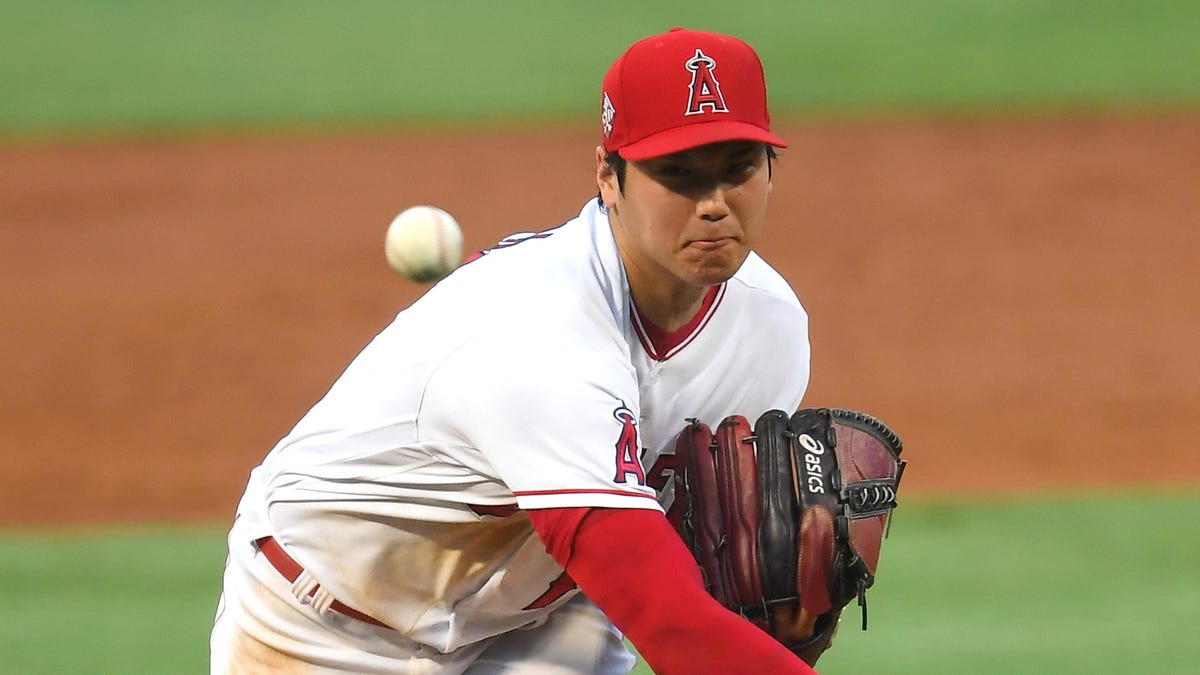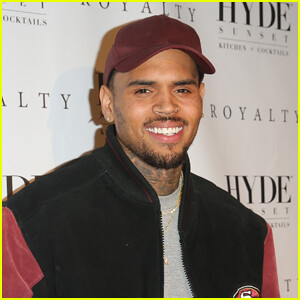Quick bit: The 2021 All-MLB Team provides a unique opportunity to see how compensation and performance are rarely aligned for ball players.
Full Story:
ANAHEIM, CA – JULY 26: Shohei Ohtani #17 of the Los Angeles Angels pitches against the Colorado … [+] Rockies. (Photo by Jayne Kamin-Oncea/Getty Images)
Getty Images
Major League Baseball recently announced its 2021 All-MLB Team. In what has become a fun celebration of excellence, fans are given an equal voice in the voting process alongside a distinguished panel of baseball media members. The 31 ball players who comprise this year’s first and second teams are a perfect combination of youth, dominance, and awe-inspiring performances that haven’t been seen in over a century.
Diversity of talent has been a recurring theme regarding the All-MLB Team. Only four ball players have appeared either on the first or second teams in each of the three seasons of voting: Gerrit Cole, Freddie Freeman, Liam Hendriks, and Juan Soto. This year’s distinguished group is led by the phenomenal Shohei Ohtani as he appears on the first team as a designated hitter and the second team as a starting pitcher. Overall, there are eight free agents and 11 salary arbitration eligible ball players who will look to capitalize on this impressive honor as they seek increases in compensation this offseason.
Amid negotiations regarding a new collective bargaining agreement, Major League Baseball has presented thought-provoking ideas on how to restructure free agency and salary arbitration. The task is always difficult when it comes to aligning age, compensation, and performance. The All-MLB Team represents varying economic dynamics of ball players at different phases in their careers.
The goal is for compensation to be commensurate with performance. Major League Baseball regularly suffers from situations where ball players are handsomely compensated later in their careers for previous achievements and long-term contracts become financial burdens. An interesting way to look at this year’s All-MLB Team is through the lens of FanGraphs’ calculation of wins above replacement (WAR) coupled with salary data collected from Cot’s Baseball Contracts. Are the ball players properly compensated based on their performances in terms of WAR?
TORONTO, ON – AUGUST 21: Vladimir Guerrero Jr. #27 of the Toronto Blue Jays swings at a pitch. … [+] (Photo by Mark Blinch/Getty Images)
Getty Images
MORE FOR YOU
The All-MLB Team can be divided into four distinct age groups: 20-24, 25-29, 30-34, and Max Scherzer (age 36 season). In the 20-24 age group, the average base salary was $2,567,133 with a 5.1 WAR over eight position ball players and one starting pitcher. A trio of exceptional ball players in their age 22 seasons dominated the group. Vladimir Guerrero, Jr.’s 6.7 WAR was the highest as he heads into his first year of arbitration eligibility. Only Austin Riley had a lower base salary ($590,500) than Guerrero, Jr. ($605,400) among the nine ball players with the major league minimum salary being $570,500 last season.
Along with Guerrero, Jr., two other ball players had posted a 6.0 WAR or better in the 20-24 age group: Juan Soto (6.6) and Fernando Tatis, Jr. (6.1). Soto, the runner-up in the National League’s Most Valuable Player Award voting, earned $8.5 million and is currently in his second year of arbitration eligibility. Tatis, Jr. just completed the first of a 14-year, $340 million contract where his base salary was $1 million along with a $10 million signing bonus.
The 25-29 age group is comprised of four starting pitchers, one relief pitcher, five position ball players, and the incomparable Ohtani. The average base salary was $8,366,636. Ohtani, the American League’s unanimous Most Valuable Player, produced a combined 8.1 WAR as a two-way ball player with a base salary of $3 million. After separating his WAR as a designated hitter (5.1) and pitcher (3.0), the average for the group was 4.9 WAR. If including Ohtani’s combined WAR, the average was 5.3 WAR.
Bryce Harper, the National League’s Most Valuable Player, earned $26 million in base salary along with two performance bonuses totaling $550,000. His 6.6 WAR led all position ball players, but pitcher Corbin Burnes’ 7.5 WAR was the highest in the 25-29 age group. The National League’s Cy Young Award winner earned $608,000 and is entering his first year of arbitration eligibility. Trea Turner (6.9) was the only other position ball player to have eclipsed a 6.0 WAR earning $13 million as he enters his fourth year of arbitration eligibility.
PHILADELPHIA, PA – MAY 02: Bryce Harper #3 of the Philadelphia Phillies acknowledges the fans … [+] before the start of a game. (Photo by Rich Schultz/Getty Images)
Getty Images
The 30-34 age group saw the highest average base salary at $19,192,500 but posted a 4.3 WAR, the lowest average out of the age groups. The WAR statistic does not work well for relief pitchers and this group was comprised of three starting pitchers, three relief pitchers, and four position ball players. Marcus Semien’s 6.6 WAR was the highest among the position ball players at a base salary of $18 million. Zack Wheeler’s $22.5 million base salary was complemented by a 7.3 WAR, the highest for starting pitchers. Liam Hendriks’ 2.7 WAR was the best among relief pitchers at an $11 million base salary plus a $1 million signing bonus.
In his age 36 season, Max Scherzer posted a 5.4 WAR, fifth best among qualified pitchers according to FanGraphs. He just completed a seven-year, $210 million contract that was well known for its complexities regarding deferred compensation, signing bonus distribution, annual payroll structure, and salary calculation for Competitive Balance Tax purposes. Due to deferred compensation, Scherzer will be receiving $15 million annually between 2022-2028. A free agent, the age defying Scherzer is expected to garner significant attention from several ball clubs.
The 2021 All-MLB Team goes well beyond a list of prominent ball players on imaginary rosters. It is an interesting exercise in examining the relationships between age, compensation, and performance. The economic structure regarding compensation for ball players has its inherent flaws as there isn’t an easy solution to this complicated matter. However, perspective can be achieved through a willingness to explore change and being unafraid to think outside the box.
Originally found on Forbes Read More


![[VIDEO] Meghan McCain Just Can’t Stop Blasting Biden Lately…](https://manateeherald.com/wp-content/uploads/2021/06/300-4IokkF.jpeg)




